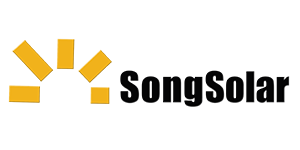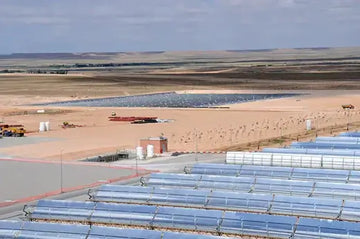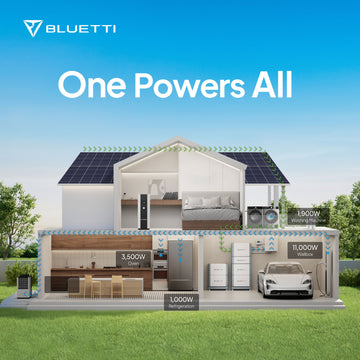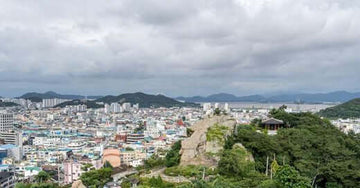Oil wells dotting the landscape, giant super-tankersplying the waters through the Strait of Hormuz, unending miles of blue-grey solar panels stretching to the horizon in the desert… It makes for an incongruous image but the truth is, throughout the Middle East and North Africa (MENA) solar power is moving forward as one huge project after another is built.
Taken together, MENA encompasses 22 nations. They’ve got 6% of the world’s population – and 60% of its oil (along with 45% of its natural gas). As a group, their national economies, and most certainly their leaders, are deeply vested in the fossil fuel industry – the main generator of carbon and the driving force of climate change. It fills their treasuries, makes them financial powerhouses in the world market, and threatens their countries. All the same, the nations of the Middle East appear.
Climate change is a greater threat across the MENA states than in most places. The impacts have be a reality of daily life for years, even if it’s only being recognized now. While most of us support the growth of solar power and alternative technologies to reduce atmospheric CO2 and other greenhouse gases, (a worthy cause), all across the Middle East, they’ve got a more immediate need – water. The scarcity of fresh water resources is endemic. The shortfall is everywhere and these are primarily young countries. They have a lot of children and between their population growth and huge numbers of imported workers, the demand for water and power grows every year. Massive desalinization plants ring the Persian Gulf, the Red Sea and the Mediterranean. Powering them with fossil fuels makes up 50% of their operating costs. MENA is home to over 46% of our world’s desalinization capacity. Enter solar power. Water in the Middle East is a huge market for solar power.

Solar power is on the rise everywhere in the Middle East. According to the Middle East Solar Industry Association (MESIA), by the end of 2018, there was more than 12,000 MW in solar projects in operation, under construction or awarded throughout the region. Many of these installations are or will be bi-facial installation, increasing production by up to 15%.
One of the biggest issues all over the Middle East is the lack of support for smaller-scale installations. Regional governments make plans and announcements for 70, 80 and 100 MW plants and there’s this competition over who will build the biggest facilities, but there is virtually no distributed power generation from home or business PV installations. There’s simply no regulation to provide for it and regional power companies – most of them are government-owned, haven’t shown much interest in solar power they don’t control. That may be changing in the coming years and MESIA seems hopeful that soon, net metering and better-permitting regulations will be put in place. The report also points out that while it’s been popular in Europe for several years, only now is there growing interest in building-mounted PV systems.
Solar Power Around the Gulf
Announcements of new solar power plants are growing by leaps and bounds in the Gulf Cooperation Council (GCC) states. Real power generation doesn’t always happen, but funds are being committed and contracts awarded on a very large scale.
On July 16, 2014 Dubai’s ruler and VP of the United Arab Emirates, Sheikh Mohammed bin Rashid Al Maktoum, launched the UAE Water Aid Foundation. It’s part of the Sheikh’s larger efforts to bring water security to a thirsty world and the UAE has been drilling water wells in a dozen countries for years. As part of the launch, Sheikh Mohammed announced a $1 million prize for a solar powered solution. It was a tall order, the Sheikh wanted a sustainable solution that uses solar power to produce clean, fresh water for millions of people. He got his wish with the opening of a high capacity water plant at the Mohammed bin Rashid Al Maktoum Solar Park.




